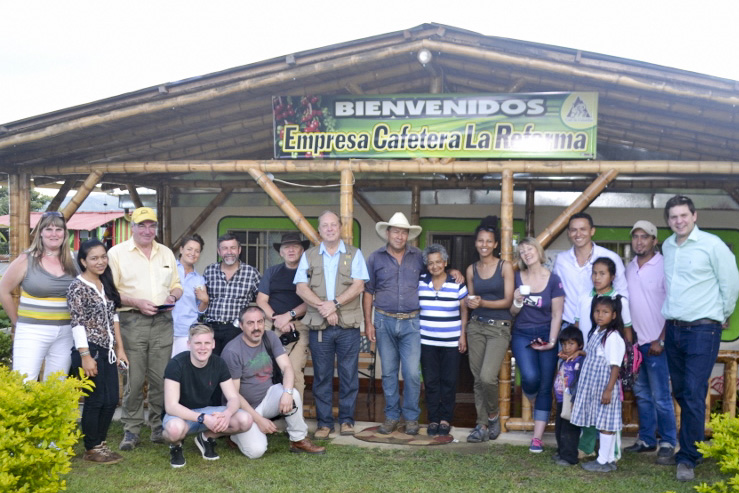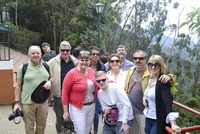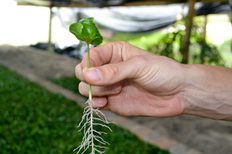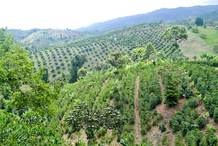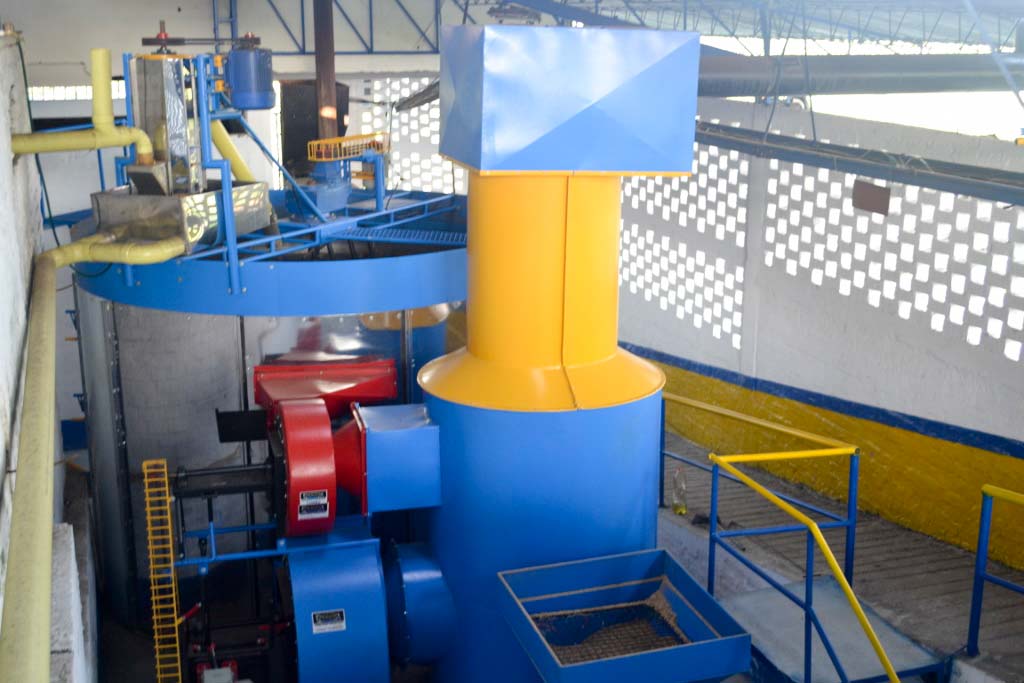|
In early February Masteroast visited our Colombian suppliers. A number of customers and guests joined us on the trip to Southern Huila and Quindío. Part 1Part 2 Part 3 |
MasteroastA collection of articles written by the dedicated staff of Masteroast Archives
April 2022
Categories
All
|
Our ServicesCoffee SourcingDesign ServiceQuality Assurance |
|
|
Copyright © 2024, Masteroast Coffee Company Ltd, 01733 842000
|
|

